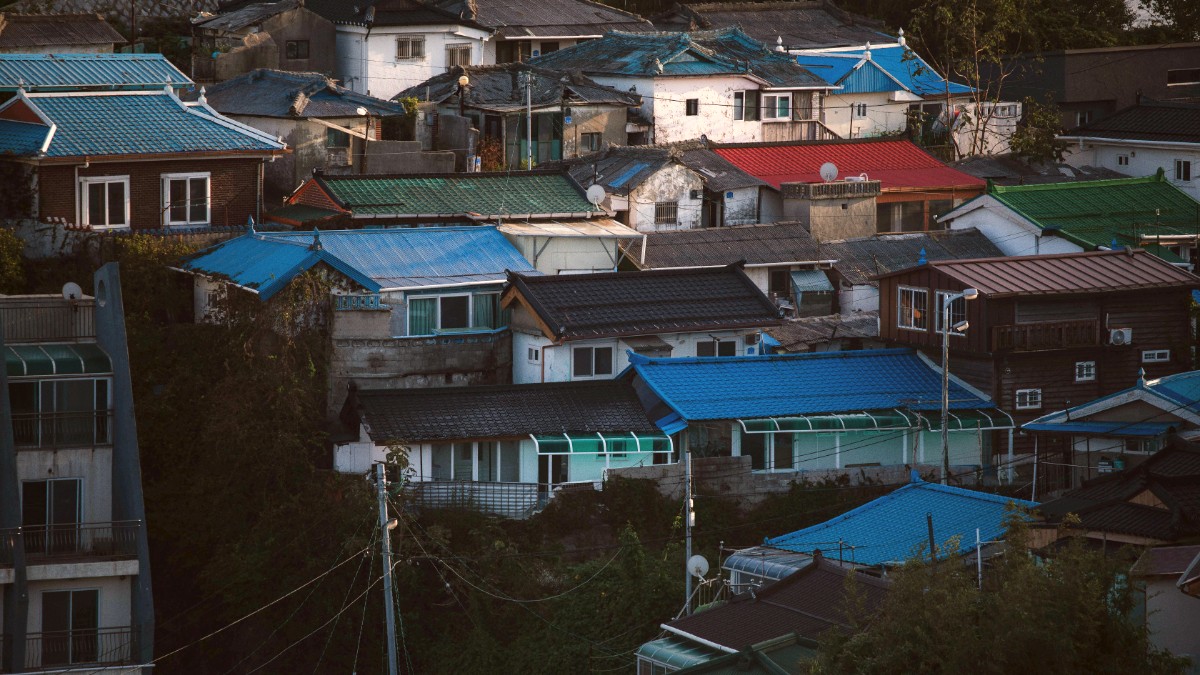
Gang Won Do, South Korea
Gangwon Province, home to Gangneung, is known for fresh seafood from its coastline and agricultural products from the Taebaek Mountains (vegetables, potatoes). This duality shapes the local diet.
A cornerstone is Chodang Dubu (초당두부), soft tofu made with East Sea seawater as a coagulant. This method gives it a distinct, slightly salty flavor and smooth texture. The name comes from Joseon Dynasty scholar Heo Yeop, who pioneered this method.
Focus on fresh seafood: raw fish (Hoe), spicy seafood hotpots (Haemul-tang), and grilled fish.
Emphasis on land-based ingredients: specialized Chodang Dubu restaurants, potato dishes, and mountain vegetable preparations.
A , cultivated coffee culture with numerous independent cafes.
Soft, silken tofu made with seawater. Enjoy as spicy Sundubu Jjigae or plain Sundubu Baekban with soy sauce. Find in Chodang Sundubu Village.
A local specialty, unique in its preparation with seawater.
Makguksu: Cold buckwheat noodles with spicy/tangy sauce. Gamja Ongsimi: Chewy potato balls in savory broth. Regional comfort foods.
Both are noodle and dumpling variations demonstrating local grains and potatoes.
Haemul-tang: Spicy seafood hotpot, full of fresh catch. Hoe: Sliced raw fish, served with Korean side dishes and dipping pastes. Find near coasts/markets.
Experience the ocean's bounty in these fresh preparations.
Gangneung Jungang Market is the best spot for street food: Eomuk (fish cakes), Tteokbokki (spicy rice cakes), Hot Bar (fried fish cake skewers), Hotteok (sweet pancake).
Chodang Sundubu Gelato: Creamy, subtly sweet ice cream. Many cafes on Anmok Coffee Street also have unique coffee-flavored pastries and specialty desserts.
True "fine dining" is limited compared to Seoul. High-end hotels like Skybay Hotel Gyeongpo or St. John's Hotel feature upscale restaurants with refined service and ambiance.
Abundant throughout Gangneung. Specialty eateries focus on Chodang Sundubu, Makguksu, or Haemul-tang, offering authentic culinary experiences.
Gangneung Jungang Market is best for affordable street food. Local cafeterias (Bunsikjip) and convenience stores are also options.
A bustling traditional market. A fantastic place to experience local life, fresh produce, seafood, and diverse street food. An experience in itself.
Authentic local insights, great for exploring.
Smaller neighborhood markets may have specific fresh goods. Inquire locally for recommendations.
More intimate local interaction.
Pizza, pasta, fast food chains (McDonald's, Lotteria) available in city center.
Familiar tastes if a break from Korean food is sought.
Korean cuisine dominates the dining landscape.
Exploring local dishes is highly recommended for a full experience.
Halal or kosher restaurants are almost non-existent outside of major multicultural areas in Seoul.
Self-catering with supermarket ingredients is advisable.
Travelers requiring these diets should plan to self-cater using ingredients from supermarkets or rely on packaged goods.
Prepare for this in advance.
The Papago app is invaluable for translating dietary restrictions to restaurant staff in real-time.
Strictly vegetarian/vegan, without garlic or onion. Not common in Gangneung city, but possible at nearby temple restaurants.
Some cafes on Anmok Coffee Street or specialized coffee academies may have short workshops or tasting sessions.
Check at Ojukheon House or the Gangneung Danoje Festival Training Center for occasional craft programs (e.g., hanji paper, natural dyeing).
Opportunities for farm visits exist in surrounding rural areas, especially for potatoes or local produce.
A concentration of stylish, independently run cafes, each with unique roasts and blends, directly facing the ocean. A special atmosphere.
Try several for diverse experiences.
A cluster of restaurants exclusively dedicated to Chodang tofu dishes. This communal focus on one local ingredient creates a distinctive dining experience.
A truly localized culinary experience.
Look for "model menu" (모범음식점, Mobeom eumsikjeom) signs, indicating restaurants meeting quality and hygiene standards.
Engage with locals at markets or guesthouses for genuine food recommendations and insights.
Many Korean dishes can be spicy; ask for "덜 맵게 해주세요" (deol maepge hae juseyo - "less spicy, please") if preferred.
Breakfast: 7-9 AM. Lunch: 12-2 PM (busy). Dinner: 6-9 PM (social).